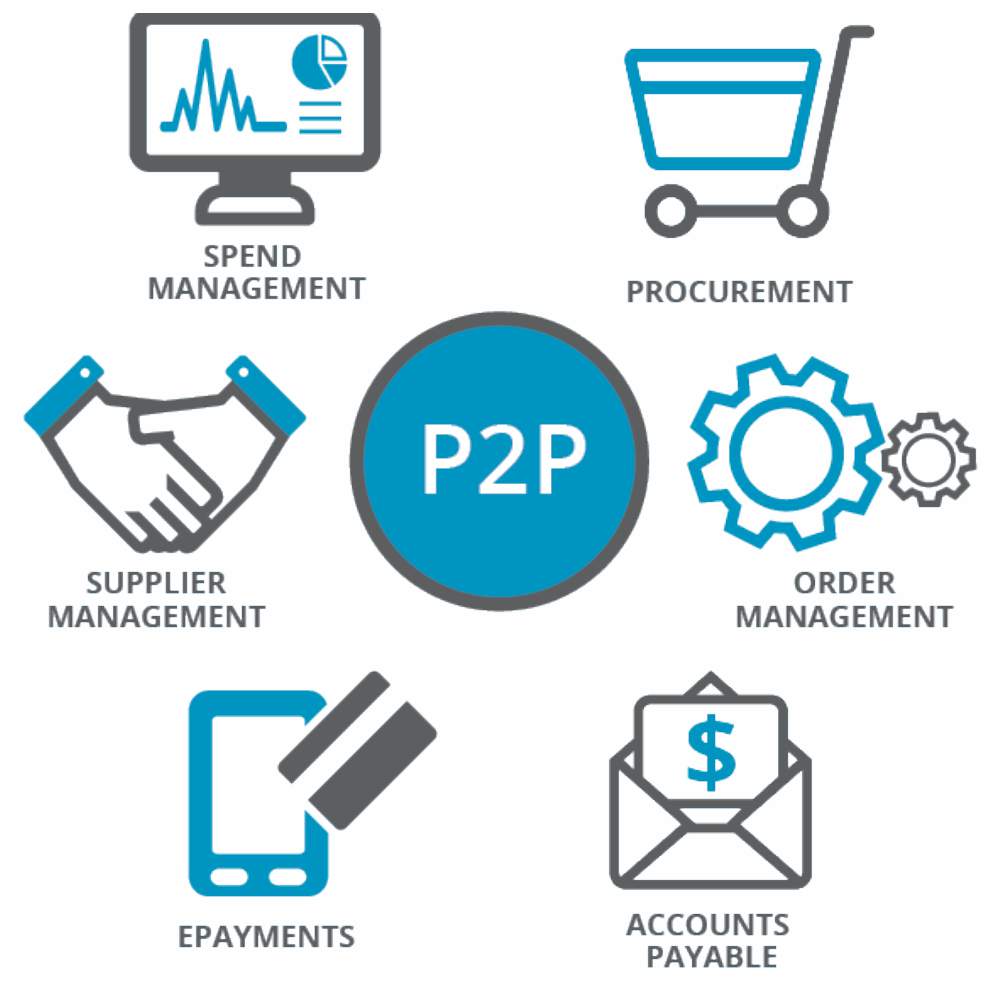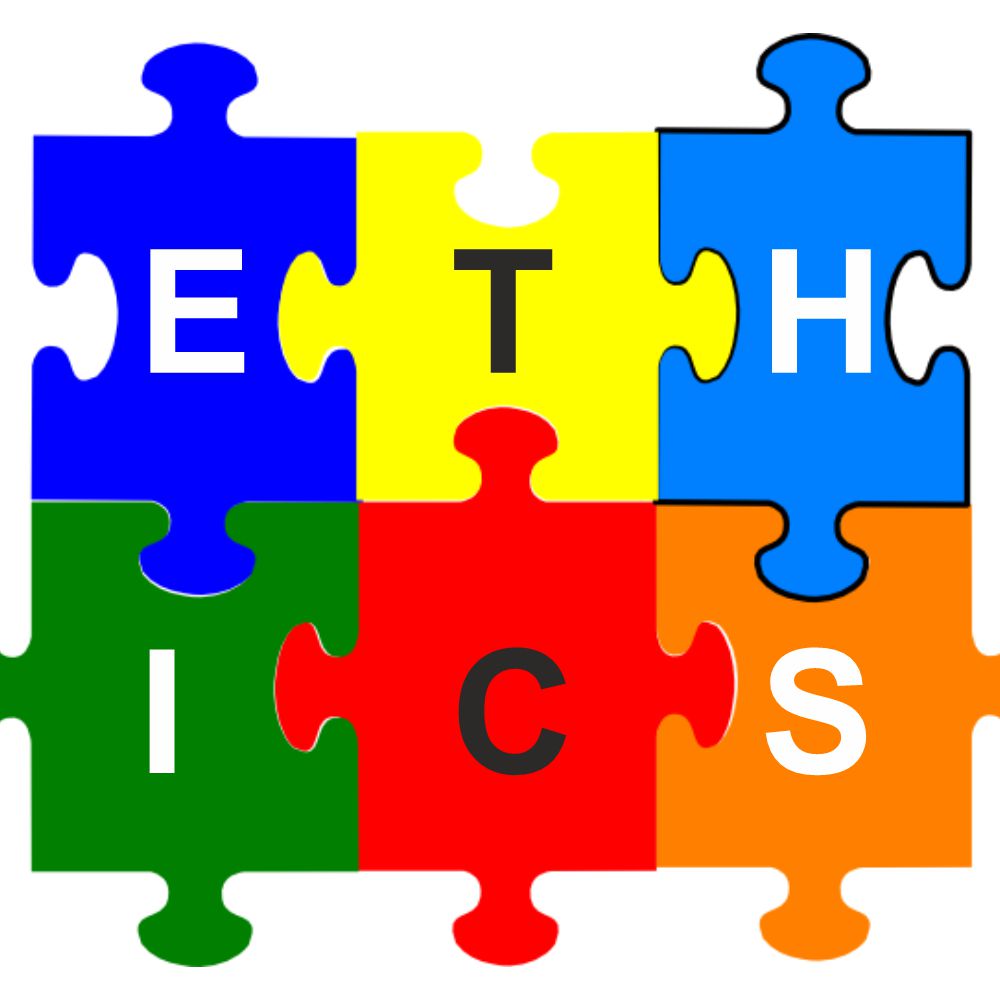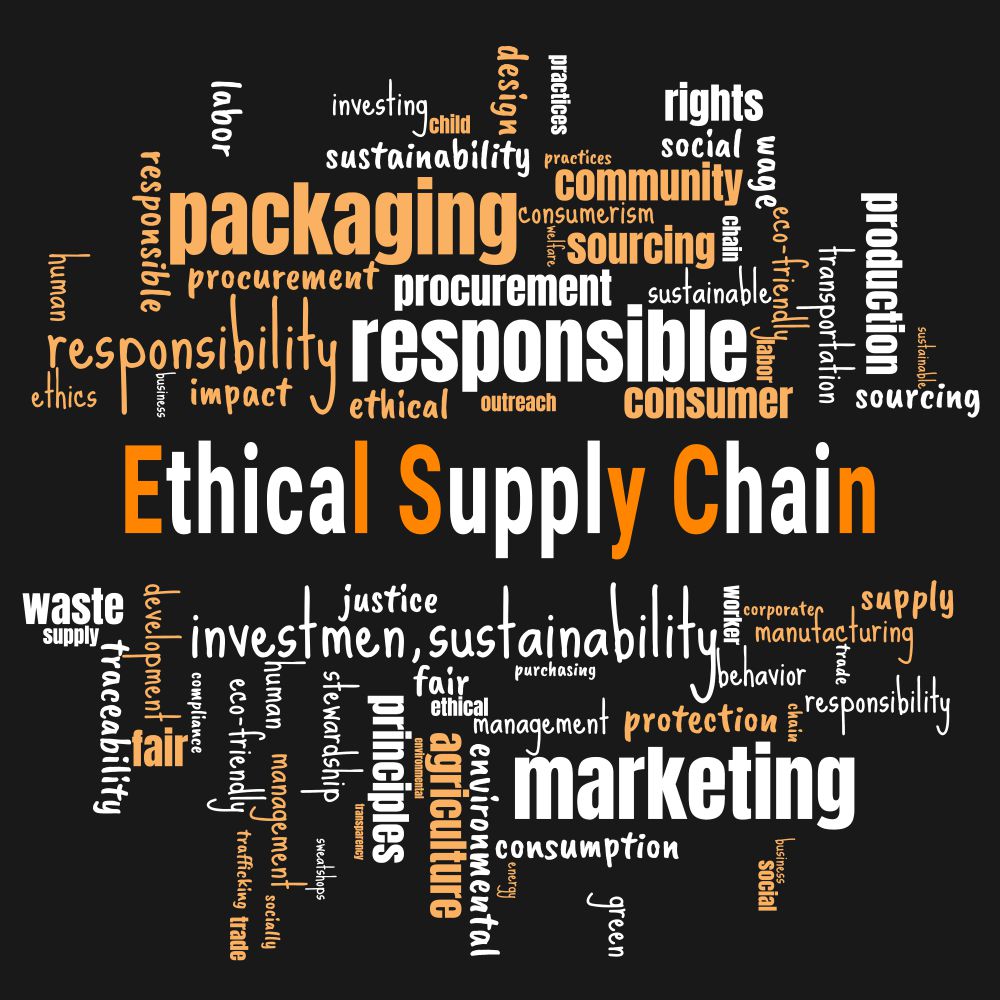(Ed’s Note: What started as an initiative in the year 2019 to honor excellence of the young under-40 talents in supply chain, has today become a movement. We are now providing them a voice by way of this newly launched Celerity Supply Chain Super Achievers’ column. These voices are truly making a difference in the way supply chains function today and we would like to get their insights. Dr Abhijit Singh is a Celerity Supply Chain Super Achiever 2020)
Procurement is adopting new digital strategies to infuse and analyze data models to enrich day-to-day operations and decision making. This, in turn, transforms how buyers interact with suppliers as these digital platforms have introduced new levels and types of collaboration, writes Prachi Misra, Senior Director, Refinitiv Ltd. (A Blackstone Operating Company)
Procurement is actively endorsing new innovative technologies and is enabling a progressive digitization of labor through automation of existing routine processes, thereby enhancing levels of performance at every stage of the procurement process. Robotics Process Automation (RPA), Machine Learning, Natural-language-processing (NLP) and Cognitive Technologies are automating the process and improving efficiency by more than 50%.
BENEFITS OF DIGITAL PROCUREMENT
Digital procurement is actively reducing the time to launch bidding events and hence more events can be conducted. Earlier only high spend threshold events were being auctioned but now even project spend can be bid and auctioned for best results. Additional benefits that digital procurement strategies are driving are mentioned below:
- Increased spend under management to drive both cost savings and cost avoidance, leading to improved bottom line
- Improved risk mitigation over factors such as cost volatility, supply disruptions and regulatory compliances issues
- Better resource management, including the ability to manage a contingent workforce and address skill shortages
- Greater spend visibility and spend management across categories with better ways to look at spend through technological enhancements
- Better management of spend as all events are stored in an electronic format in the systems
- Improved performance by suppliers as in a global ecosystem, even their other clients can see rankings provided by a given company for their services. Also based on cumulative ranking, suppliers will automatically be recommended to new organizations in the market who are scanning the market for similar services.
- More active tail spend management by companies as now more supplier spend can be managed by tools, thus freeing up resources.
- Enhanced supplier innovation and collaboration to both retain and increase the value driven by strategic supplier relationships
- Faster growth as now procurement has access to many more global suppliers.
Here are many digital strategies that are aiding procurement professionals in bringing the fine balance:
Contract Management: Automated programs assess contracts and compare them against best in-class templates, flags terms and conditions that are nonstandard. They also map the buy side contracts to sell side contracts for greater visibility.
Transactional Procurement: Robotics Process Automation has been deployed to emulate repetitive tasks, which do not require much human interpretation such as invoice upload and approval.
Strategic Sourcing: Natural Language Processing (NLP) technologies process textual data and provide a convenient way for purchasers to document requirements without resorting to dropdown menus or structured lists. Realtime question and answer process are introduced so that specifications are precisely refined, and organizations can engage with qualified suppliers promptly for better results and faster time to market. Machine Learning Algorithms can handle tasks that involve complex rules and require some form of pattern recognition to be executed correctly. Based on multiple sourcing events executed, machine learning algorithms learn from them and provide recommendations for negotiation strategies to deliver the best outcome for a bidding event.
Support Processes: Smart workflow technologies link tasks conducted by different people and machines into a coherent process with well-defined handoffs — for example different routes can be followed for payment for transactional suppliers and strategic suppliers. For strategic suppliers due to higher spend limit more approvals may be required including finance approvals whereas for transactional suppliers, we have shorter approval processes owing to lower spend thresholds.
Category Management: Machine learning can be used to identify category assignments based on requisition text, hence streamlining the categorization of purchases. This, in turn, helps assigning accurate categories to various requisitions and helps determining accurate spend across categories.
Supplier Management: Automated programs conduct supplier diligence across several risk categories to process, review and score supplier data related to key risk indicators. Another application is in bidding events. After each bidding event, suppliers are ranked based on price competitiveness and ability to deliver, which in turn, is available to all other companies who are registered on that platform.
Self Service Procurement: By adopting artificial intelligence, organizations can immediately source price competitive services from any location. This platform also enables effective collaboration among business users, procurement, and suppliers, thus ensuring smooth coordinated hand-offs during bidding events and when evaluating proposals received from suppliers.
Cognitive agents and chatbots are actively being deployed whenever a deep knowledge base must be quickly searched to recommend the correct course of action. The chatbots that several service organizations now use in assisting contact-centre staff can answer a wide range of customer queries by selecting appropriate responses from a previously documented set of answers. In the source-to-pay process, vendor and business-procurement help desks often require similar sets of interactions, suggesting that a similar solution can be implemented.
As the capabilities of cognitive agents enhance, they can also handle more complex tasks, such as evaluating an item’s global-sourcing potential by assessing its cost, quality, and technology requirements with records of similar products and sourcing decisions. By scrutinizing supplier capabilities, cognitive agents may even be able to provide recommendations on the selection of specific suppliers.

Categories

Magazine Editions






















